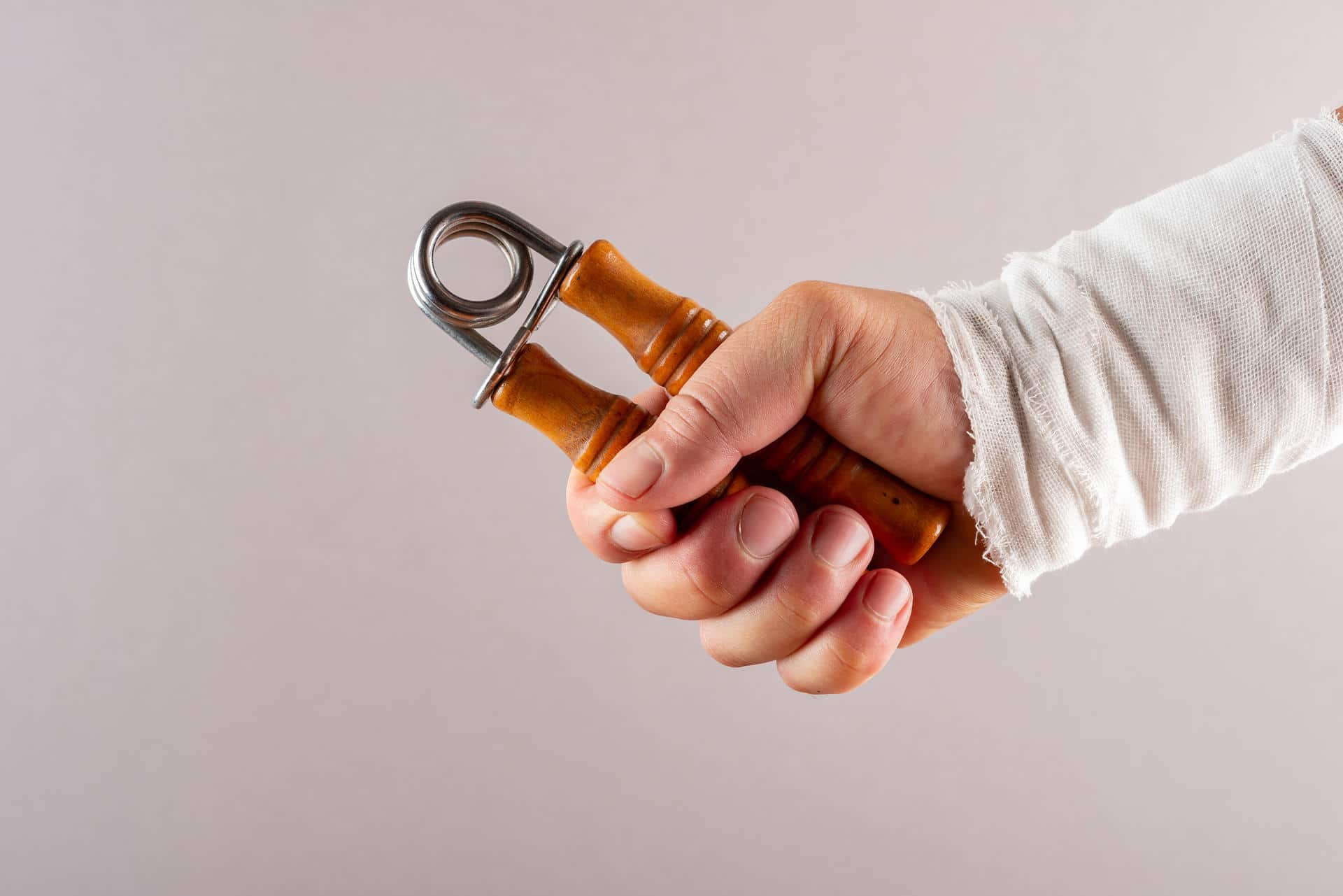You are only as strong as your grip strength.
There comes a day in every lifter’s life when he is handed a stuck jar to open. And then there comes a day when you run out of excuses to defend your poor grip strength – “I just washed my hands,” “The jar lid is greasy,” or “I am neither your butler nor Larry Wheels” only work for so long. No matter how hard you try to save face, people will eventually look into your eyes and see your sorry soul.
The day your grip strength starts becoming a problem in your workouts is the day you have entered the pro territory. As you gain experience, get stronger, and lift heavier, your grip might start giving out at knee level while deadlifting.
Also, Check-Out: Deadlift – Exercise Guide
A grip failure while deadlifting should bring you both – joy and sorrow.
You should be joyous because you are finally strong enough to have a grip problem and sorrowful because it takes time to build grip strength – meaning you will be stuck on a plateau for a while.
If your grip gives up before your target muscle, know that you are getting stronger. It is also one of the most common yet unspoken phenomenons in the fitness industry.
The Instagram fitness celebrity you see deadlifting 585lbs will tell you the importance of wearing a weightlifting belt and using lifting straps, but they will never tell you the role of grip strength in a deadlift. We do not mean this in the sense that they are trying to hide something. The truth is – talking about grip strength is not sexy enough for Instagram.
If you want to improve your physique, you need to work on every aspect – from muscle composition and symmetry to grip strength.
You might be able to add to your deadlift by using lifting accessories like straps, but your grip will eventually become the limiting factor.
https://www.instagram.com/p/CG7-ISepG0Y/
Breaking Down Grip Strength
To begin with, grip strength is not limited to hand strength. It includes everything from the muscle near the elbow down to your fingertips. Fun Trivia: 35 forearm and hand muscles are involved in moving the fingers.
The majority of muscles used during grip work begin between the elbow and upper portions of the forearm bones (ulna and radius) and go down into the thumb or fingers (phalanges).
On top of this, the scope of grip strength extends far beyond deadlifts. It is required for almost every physical activity and more so for every sport. Doing laundry, driving a car, wrestling, playing badminton, cricket, golf, and tennis; all need good grip strength.
Grip Strength Has More To It Than Meets The Eye
- In 2015, the international Prospective Urban and Rural Epidemiological (Puree) researched 140,000 adults over four years and found that there is a significant relationship between a decrease in grip strength and an increase in the risk of cardiovascular disease
- A paper published in the American Journal of Preventive Medicine conducted in 2015 concluded that people with a lower grip strength were more likely to be diabetic or record higher blood pressure.
- The sports science journal Shoulder & Elbow published a study in 2016 that concluded there is a strong correlation between grip strength and lateral rotator strength. The study stated that “Each 11-pound decrease in grip strength throughout the study was linked to a 17% higher risk of dying from heart disease, a 9% higher risk of stroke and a 7% higher risk of a heart attack.”
Types of Grip Strength Exercises
There are four main types of grips that we use in our workouts and day-to-day life. Each of these forms engages different muscles and hence requires different training techniques.
1. Crush
It is the act of closing fingers against resistance. When most people think of grip strength, they think about crushing exercises using grip strengtheners.
Although crushing exercises get you the macho-man handshake, it does close to nothing for your deadlift. To crush a deadlift, you need to have monster strength in at least one of these grips: overhand grip, hook grip, or mixed (over-under) grip.
Since a crushing exercise only lasts for a few seconds, it is not the best choice for building grip strength for a deadlift. TuT (time under tension) is a crucial factor in building grip strength. If you want to develop your grip strength, you would be better off performing exercises where TuT is substantial.
To put it precisely – if grip workout was a love-making session, you want to be a brown antechinus and not a jackrabbit.
Related Read: How To Increase The Time Under Tension To Maximize Your Gains
2. Pinch
Make an alligator mouth with your hands and chomp down on weight plates. This grip tends to be a lot more stress/work on the thumb. You cannot afford to miss pinching exercises if you want to improve your grip strength.
3. Support
Supporting includes lifting something where your fingers take the majority of the load. These exercises test your ability to hold resistance for extended periods.
4. Extension
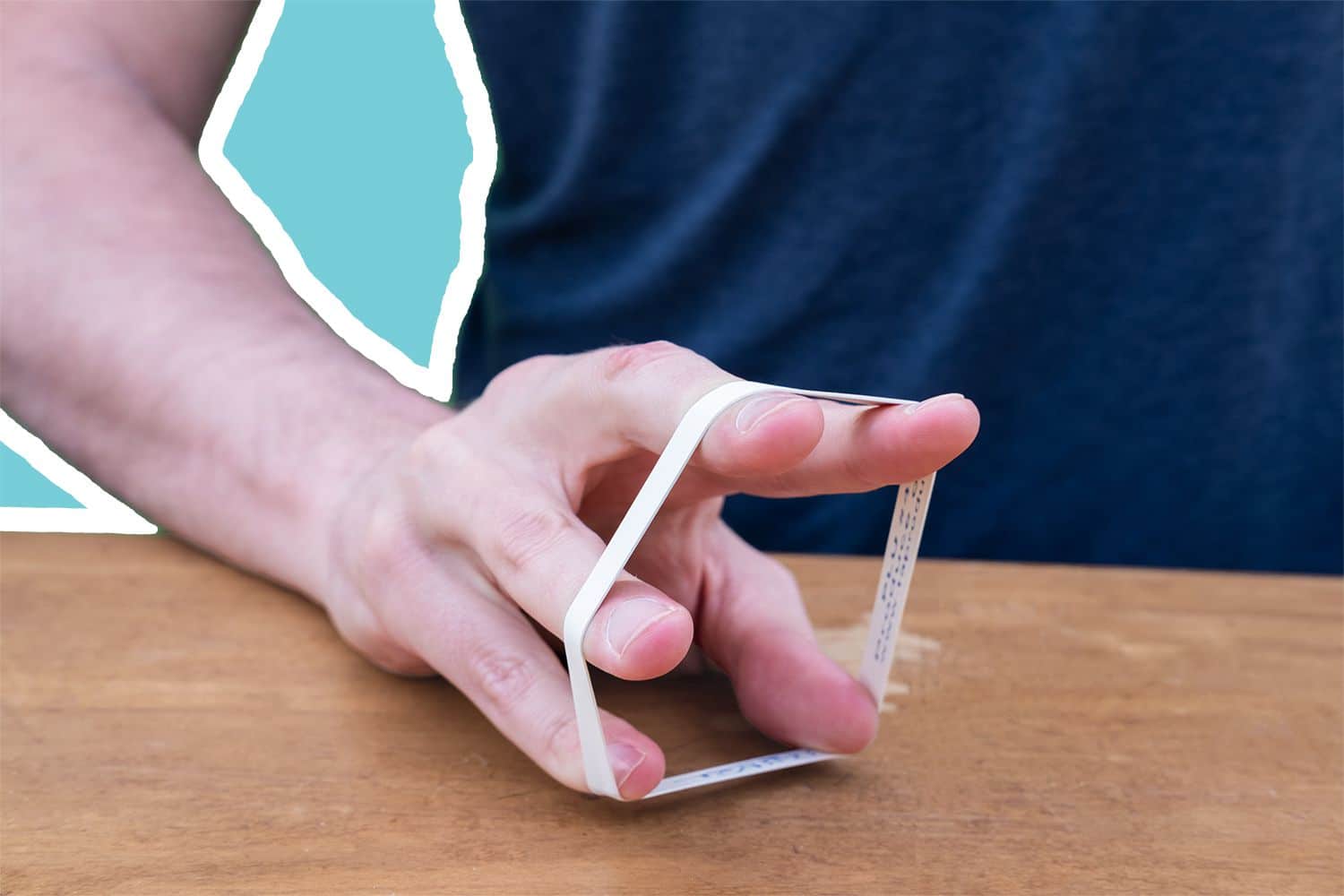
If you did not notice, all the three types of grip exercises mentioned above are contracting movements – meaning you need to pull your fingers towards your palms to perform the exercises.
The human hand has evolved to be great at grabbing and holding onto things, so the muscles used in extension exercises are not usually as strong as the flexion muscles.
For balanced grip strength, you need to add extension movements to your exercise arsenal.
5. Bonus: Wrist Work
When it comes to arm, forearm, or grip strength training, wrists usually get a step-motherly treatment.
Little do people realize that the wrist is where the magic happens – if you know what we mean.
Wrist strength, mobility, and stability play a crucial role in your upper body strength. To transfer energy from the body through the hands, you need to make sure every link in the chain is strong.
Remember the stuck jar example in the opening paragraph of this article? You can never open a jammed jar with puny writ strength.
How To Test Your Grip Strength
Before you start working on your grip, you should know your current grip strength level. Your grip strength result can act as a benchmark against which you can gauge your current strength and track your progress.
For the grip strength test, you will need a handgrip dynamometer to measure the maximum isometric strength of the hand and forearm muscles. Here is the dynamometer we recommend.
Perform at least three squeezes on each hand to get an accurate reading.
If you want a better reading of your grip strength, you can take a pinch strength test in addition to the handgrip dynamometer test. A pinch strength test measures the maximum isometric strength of the hand and forearms muscles when performing a pinching action.
According to numerous pinch stress tests conducted across different age ranges, fitness levels, and athletic ability, a scorecard for adults (in both kgs and lbs) was produced:
Excellent: >141lbs (>64kg)
Very good: 123-141lbs (56-64kg)
Above average: 114-122lbs (52-55kg)
Average: 105-113lbs (48-51kg)
Below average: 96-104lbs (44-47kg)
Poor: 88-95lbs (40-43kg)
Very poor: <88lbs (<40kg)
Remember: These average scores for each hand are not a measure of general strength.
5 Exercises To Improve Your Grip Strength
Since most powerlifters (including the mighty Larry Wheels) use a mixed (over-under) grip, we will focus on exercises that will turn your mixed grip into a vice.
1. Pinky Plate Farmer’s Walk

While deadlifting, if your grip strength fails around when the barbell reaches knee level on the way up, pinky plate farmer’s walk might singlehandedly solve your grip strength issue.
The devil (read: your grip problem) is in the detail. A giant like Larry Wheels will never tell you that most deadlifting problems come down to the little things.
Analyze a failed deadlift video closely, and you will notice that, in most cases, when a lifter misses the weight because of his grip, their hands open at the pinky and come off the bar first.
Fixing the pinky problem will ensure that you grab the bar as tightly as possible, and your pinkies never come off the bar during a set.
Grab a weight plate between your thumb and pinky, and walk for at least 30 seconds. Perform two sets of this exercise once a week to stop a potential problem or 2-3 times a week to correct an existing problem.
Start small, and do not let your ego get the better of you while performing these grip exercises. A minor miscalculation can result in a finger injury.
2. Ring Finger Plate Farmer’s Walk
Here is a natural progression question for you.
Guess which finger comes off the barbell during a heavy deadlift after the pinky?
If you answered with anything other than the ring finger, you are either missing a finger or need to revisit your primary school biology lessons.
You will be performing the same farmer’s walk you did in the previous exercise, but this time you will be holding the weight plate between your thumb and ring finger.
If you need to use any other finger during the 30-second walk to keep the weight plate from falling, your ring fingers are weak, and you should drop down the weight (along with your ego) and try again.
3. Double Overhand Deadlift Hold
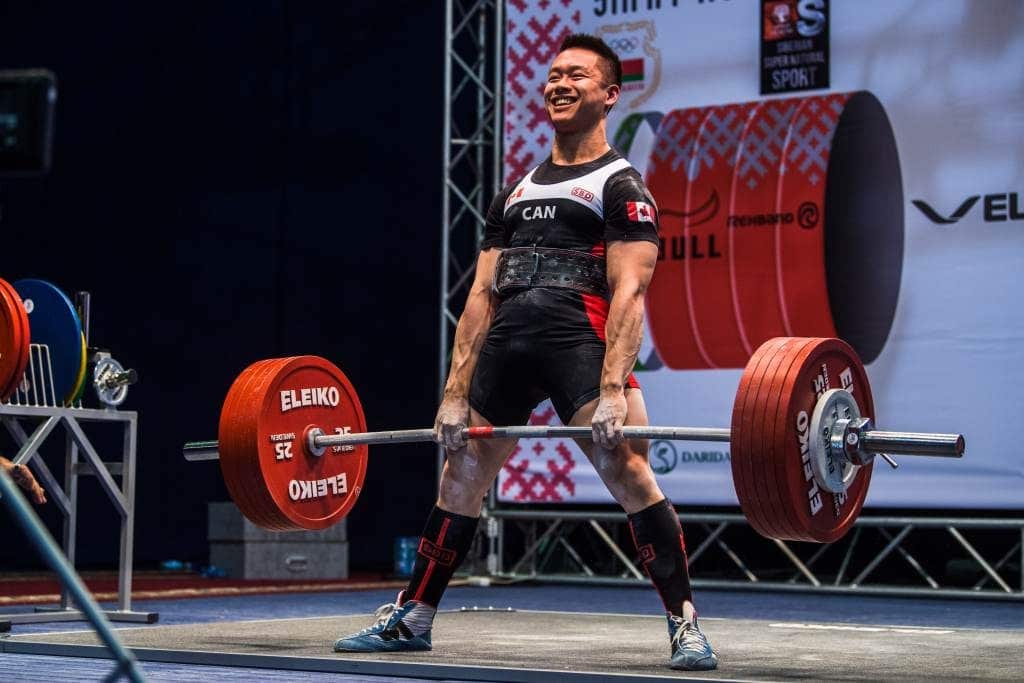
As previously mentioned in the article, time under tension plays a crucial role in building grip strength. Many powerlifters work on their grip by practicing holding heavyweight with a double overhand grip for 15 seconds or more.
Your aim should be to reach a minimum of 60 percent of your deadlift 1RM (one rep max). Lifting 60% of your 1RM might be easy, but holding it for 15 seconds will test your mettle.
Be warned – overhand deadlifts can be brutal. It is no coincidence that almost 95% of powerlifters lift with a mixed grip.
How to perform double overhand deadlift hold:
- Grab a barbell with a double overhand grip without using straps.
- Perform a deadlift.
- HODL for 15 seconds.
- Put down the bar.
To fix an existing grip problem, perform this exercise twice a week for two sets, and your grip strength gains would beat the $DOGECOIN gains.
4. Lat Pull-Down Supinated Hold
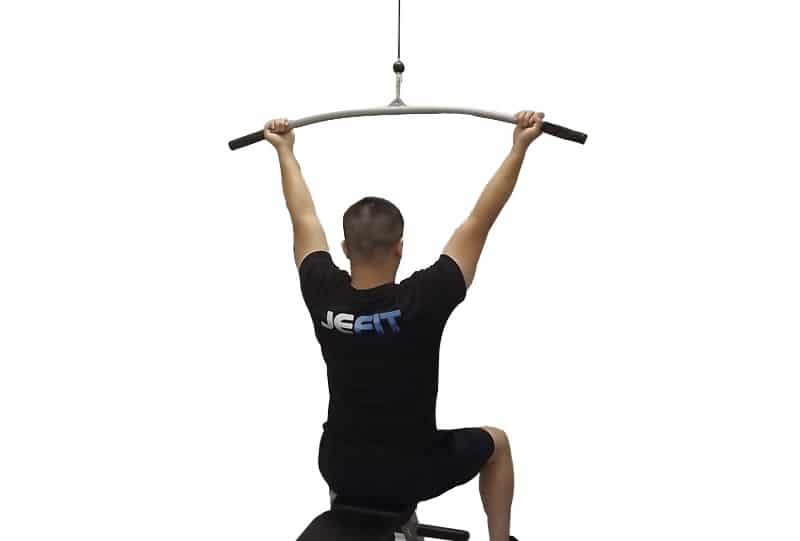
While deadlifting with a mixed grip, the underhand grip is usually the first to go. This makes training your grip in a supinated position non-negotiable.
How to perform lat pull-down supinated hold:
- Adjust the pad so that it sits snugly on your thighs to minimize movement.
- Grab a lat pull-down machine bar with a supinated (underhand) grip.
- Unrack the weight while keeping your arms extended straight over your head with your elbows locked out, and take your position on the machine with your thighs locked under the pads.
- Hold for 15 seconds.
Perform two sets of this exercise once a week to keep grip strength problems at bay. Do it twice a week to correct existing grip issues.
5. Push-Up (Fingers Only)
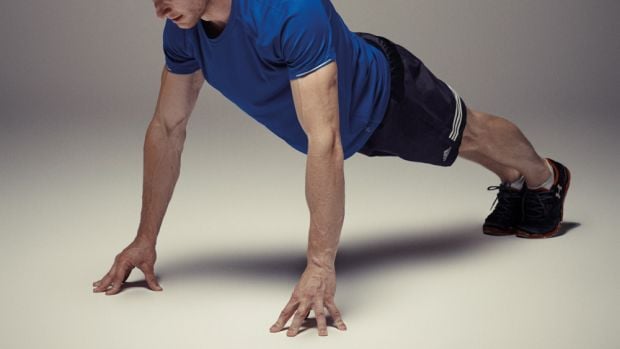
Finger push-up is an advanced exercise and should only be performed by experienced lifters. Not only does this exercise improve your grip strength, but it also works your fingers, wrists, and forearms.
How to perform fingers only push-up:
- Get into a push-up position and place your hands under your shoulders.
- Raise onto your fingertips.
- Lower your body until your chest is a couple of inches away from the ground.
- Return to the starting position explosively.
- Repeat for 12-15 reps.
Forget Larry Wheels, Bruce Lee would have been proud to see you nail this exercise.
Perform two sets once a week for developing your grip strength along with the rest of your body. Do it twice a week to fix existing issues.
6. Tip: Go Raw
https://www.instagram.com/p/B-AjJIjpeZK/
Have you ever wondered how Larry Wheels manages to deadlift monster weight without using lifting straps?
Because he trains without them.
There is no better way of building mixed grip strength than by training that way without lifting straps. In a deadlift session where you are pushing boundaries, you will most likely end up with a sick pump in your back, hams, and forearms.
Lifters who mostly deadlift without straps might never need to do additional grip training exercises. You should only opt for straps if you are performing overload sets or high reps on the deadlift.
Conclusion
Apart from the grip exercises mentioned in the article, investing in a set of Fat Gripz can also take your grip strength to the next level. If you are running on a tight budget, using a towel for exercises like pull-up and lat pull-down will work your grip just as well.
Make sure you stretch out your arms and hands at the end of each grip training session. It will alleviate stiffness and improve your mobility, musculature, and coordination.
How often do you work on your grip strength? Let us know in the comments below. Also, be sure to follow Generation Iron on Facebook and Twitter.

